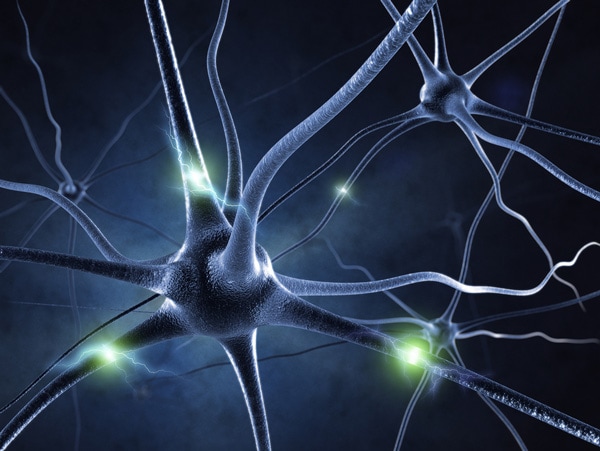When one has an orthopedic condition that affects the nerves, then electrodiagnostic studies may be indicated. Electrodiagnostic studies are a physiological study of the peripheral nerves. This study can help confirm a nerve injury, as well as the source of the injury, and it’s severity. MRI and ultrasound imaging provide pictures of the nerve and potential pathology. Nerve studies assess the physiology and verify if the nerve is contributing to a pain syndrome.
Electrodiagnostic studies consist of two tests: Nerve conduction studies (NCS) and electromyogram (EMG).
Nerve Conduction Study: The NCS is typically done first. In this part of the examination, the physician is testing the function of the electrical system. The physician places flat electrodes on the skin, and then sends a current down a specific nerve path, recording the speed of the nerve as well as the volume. This is measured against normal values to assess for injury. Usually several nerves are studied.
Electromyogram: The EMG is the second part of the study, measuring the communication of the nerve to the muscle tissue. A tiny acupuncture sized monofilament is inserted into the muscle. The muscle is then tested both at rest and in the contracted state.
Nerve Studies can be helpful in diagnosing the following conditions:
- Cervical Radiculopathy
- Brachial Plexpopathy
- Ulnar Neuropathy
- Median Neuropathy
- Carpal Tunnel Syndrome
- Lumbar Radiculopathy
- Peroneal Neuropathy
- Peripheral Nueropathy

